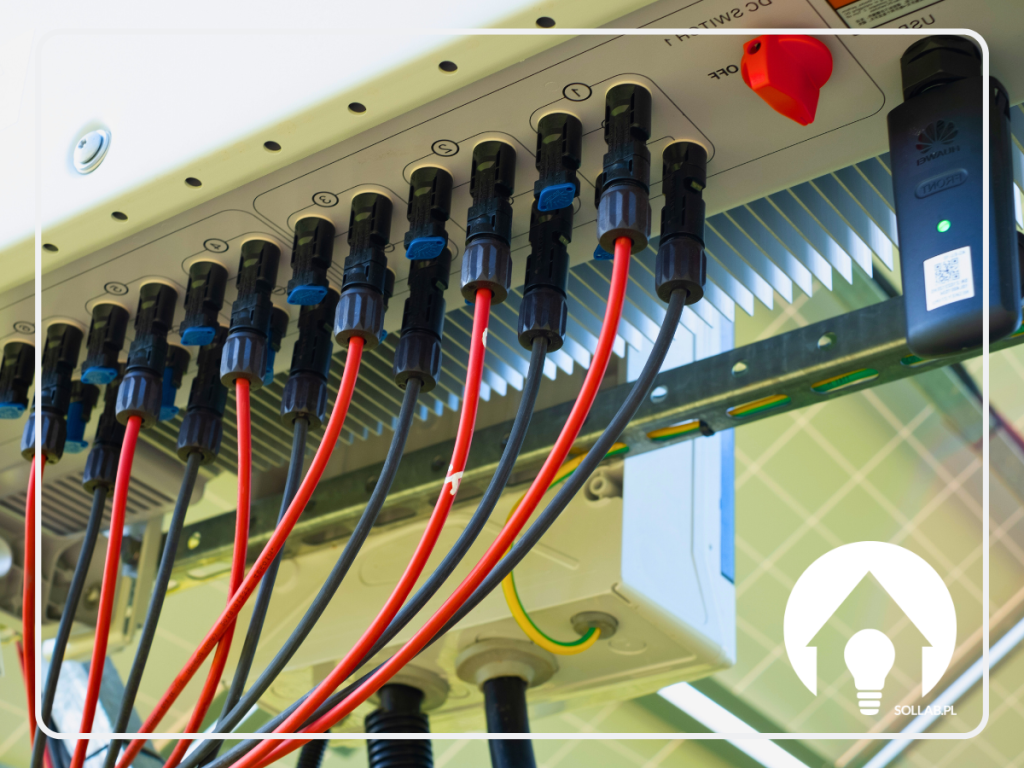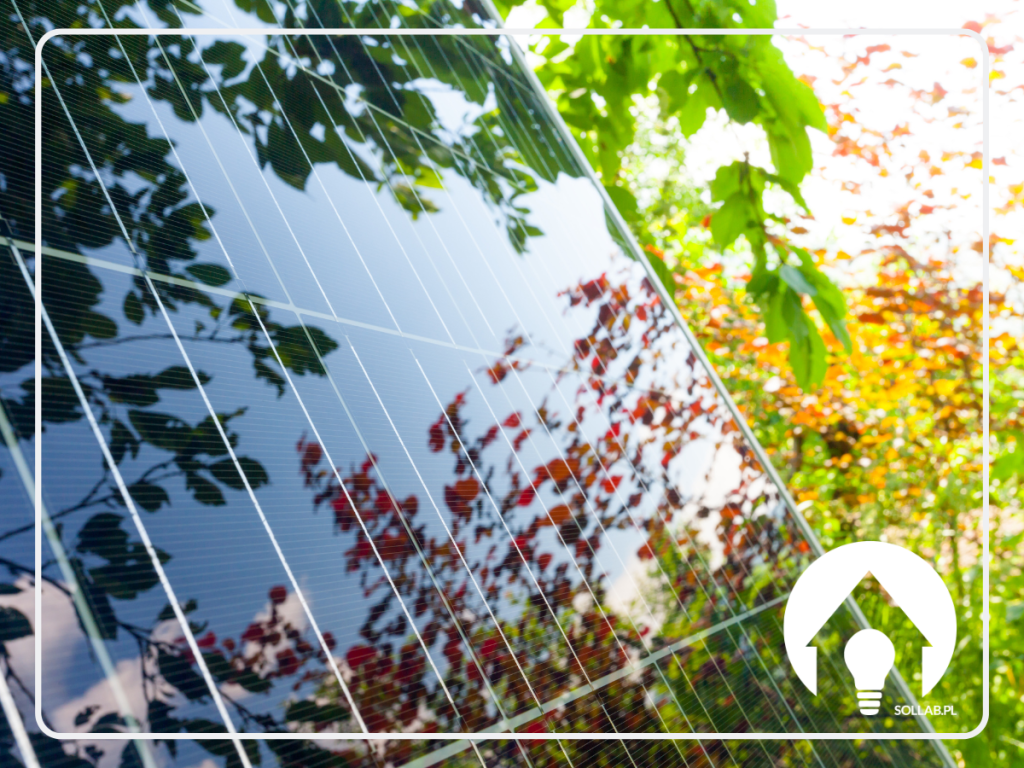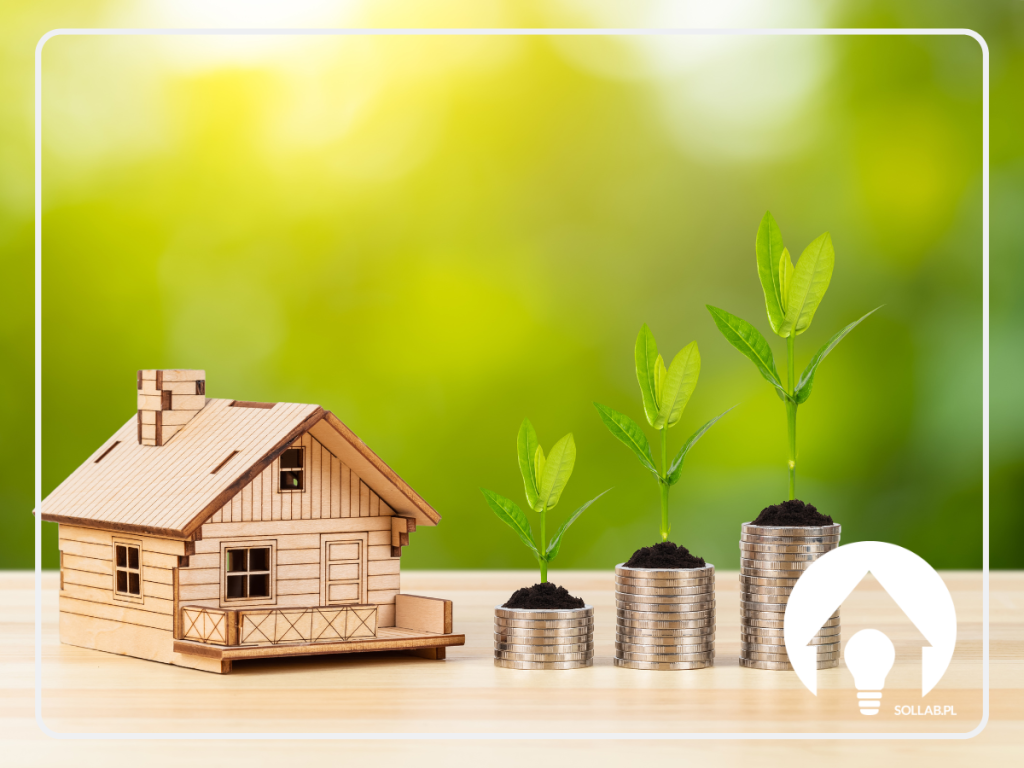If we have vacant, undeveloped land in our possession, why not exploit its potential? Or are you looking for a way to lower your bills or want to protect the environment by using renewable energy sources? A photovoltaic system on the ground is the ideal solution in each case. This type of photovoltaic installation will also work well in situations where, for various reasons, we cannot or do not want to have photovoltaic panels on the roof.
Photovoltaics on the ground - advantages
Discussing the advantages, photovoltaic panels are the undisputed king among renewable energy sources. In many cases, you may find that the area available on the ground is greater than that available on the roof. This will translate into a better energy yield and therefore more money saved. Of course, the prepared ground must provide suitable conditions for the construction. Installing photovoltaics on the ground is safer and more convenient for specialists, while the future owner will have better access to his installation without having to climb on the roof. This will enable any repair work or cleaning of the panels (recommended once a year) to be carried out efficiently.
Another advantage is that the panels can be positioned in any way, at the optimum angle. With roof installations, this is often not possible due to construction or roof type limitations. The psychological aspect is also important: if you have a large area of land lying fallow, you feel that its potential is being senselessly wasted, even though you could be benefiting from it. A photovoltaic installation on the ground saves a lot of money and takes care of the environment at the highest level.
Photovoltaics provide power generation regardless of weather conditions and season.
How to install a photovoltaic system on the ground?
Installing photovoltaic panels on the ground is no problem at all. At the very beginning, we select the site for the installation and, if necessary, prepare it accordingly (e.g. by removing tall bushes). We check the type of soil on which the galvanised steel frames will be placed. The substructure has to be firmly installed to prevent future instability of the installation.
Photovoltaic panels are mounted at the right angle, preferably facing south. This will make them receive as much sunlight as possible, which will translate into the overall efficiency of the installation. The optimum angle cannot be changed in most cases, as the structures for photovoltaic installations are usually stationary. The installation of a photovoltaic installation on the ground is simple and fast.
The cost of installing on the ground may be slightly higher due to additional construction work or site preparation. However, in the end, considering energy self-sufficiency will save much more money. By choosing to build photovoltaics, we will ensure that we benefit in the long term.
Should photovoltaics be reported?
An installed photovoltaic installation requires a notification to your energy provider. Please note that, in accordance with the general principle of building law, in some cases you must additionally seek permission to install photovoltaic panels. This is necessary if the capacity of the installation exceeds 50 kW or if it has a smaller capacity, but will be built on land that has been declared to the register of historic buildings.
Disadvantages of ground-mounted photovoltaic panels
Photovoltaic panels on the ground have advantages and disadvantages - when deciding on a form of photovoltaics, all aspects must be taken into account. First of all, you need a large area for construction. Care must be taken to ensure that the possible amount of shade does not affect the operation of the photovoltaic panels, so they must be mounted at a sufficient distance from each other. There must be no tall buildings, trees or shrubs in the area that could obscure the panels. Even falling leaves have an adverse effect on the performance of the panels.
At the installation stage, the need for additional building materials, such as cement, can be considered a disadvantage. In the case of a roof, there is no need to prepare a foundation for the structure, whereas in the case of ground structures this is sometimes necessary.
A final aspect is the exposure of photovoltaic panels to damage from animals and humans. Easier access to the structure ensures efficient cleaning and maintenance of the panels, but on the other hand there is a risk of negative actions by unwanted people. However, if the installations are placed on private, fenced land, we should not have any concerns.
















